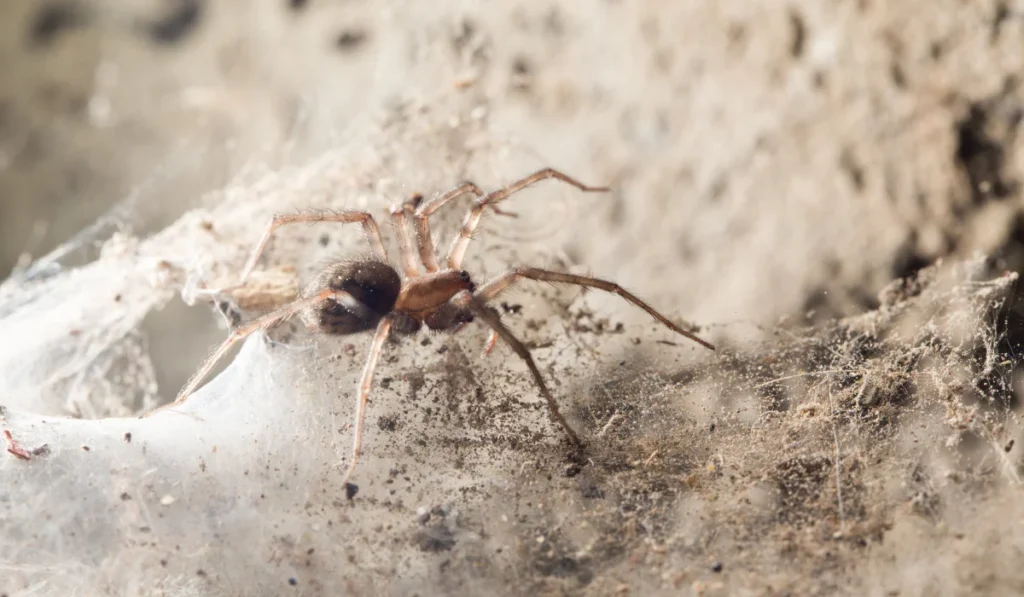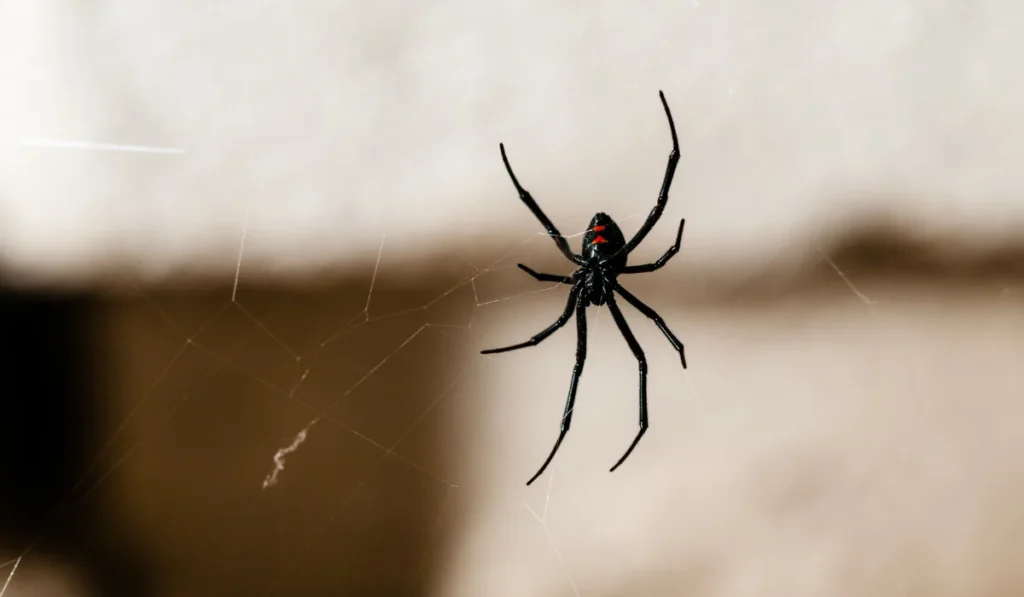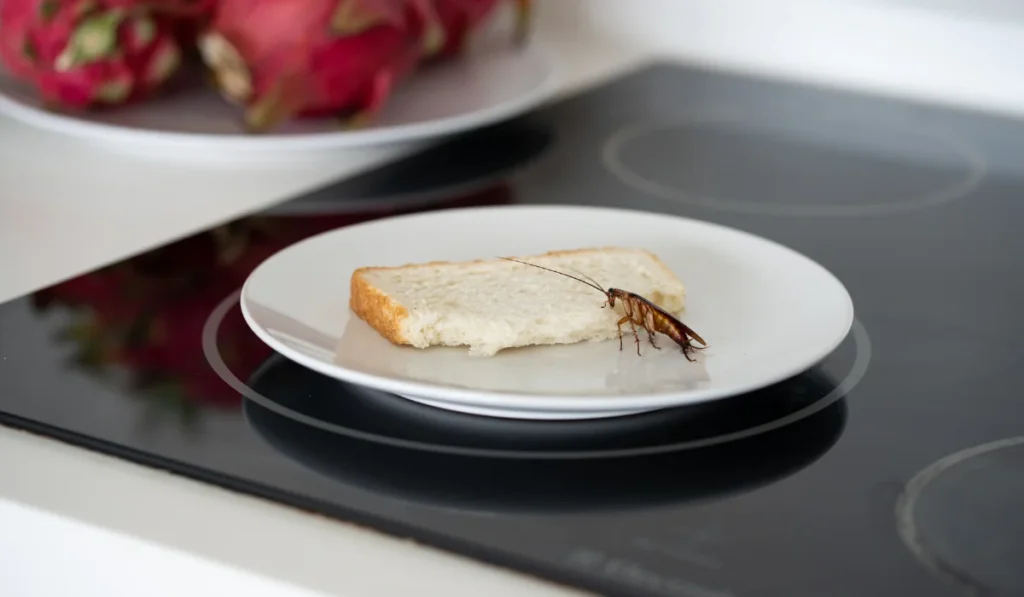Ants aren’t just a minor nuisance in Alabama. They’re a full-blown part of everyday life for many homeowners. With so many types of ants around, it’s hard to know which ones are harmless and which ones are damaging your home or stinging your kids
Whether you’re dealing with the occasional stray or a full-blown ant infestation, here’s what you need to know.
Key Takeaways
- Fire ants, carpenter ants, and Argentine ants are common in Alabama and often invade yards, walls, and kitchens.
- Pharaoh ants, dark rover ants, and odorous house ants prefer moisture and often hide in hard-to-reach indoor spaces.
- Pavement ants, little black ants, and tawny crazy ants form large colonies and enter homes for food.
- Professional pest control is often needed for Alabama homeowners dealing with stubborn infestations.
Fire Ants
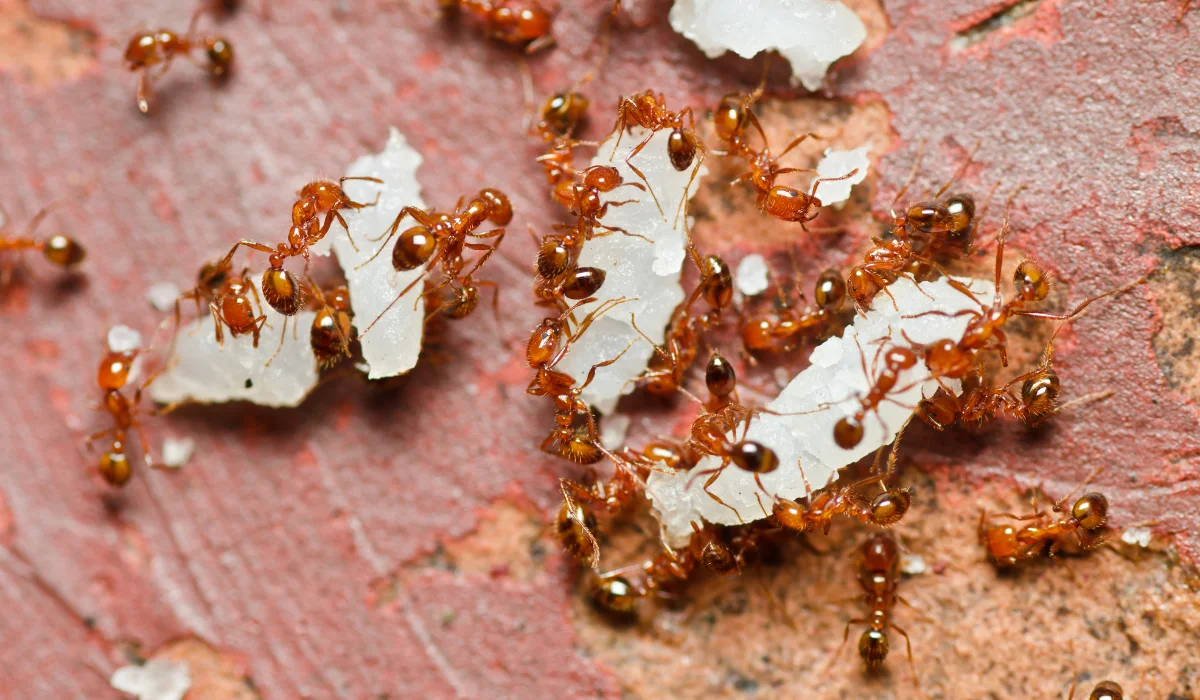
The red imported fire ant is a major problem throughout the Southeast, and Alabama is no exception. These reddish-brown ants are known for their painful sting and aggressive behavior.
Accidentally step on a mound, and you’ll quickly learn just how fast their worker ants respond in large numbers. Their nests pop up in driveways, lawns, pastures, and playgrounds.
Fire ants have become so widespread that entomologists often cite them as one of the most invasive kinds of ants in the U.S. If you’re seeing these ants regularly, it’s time to look into serious ant control measures.
Carpenter Ants
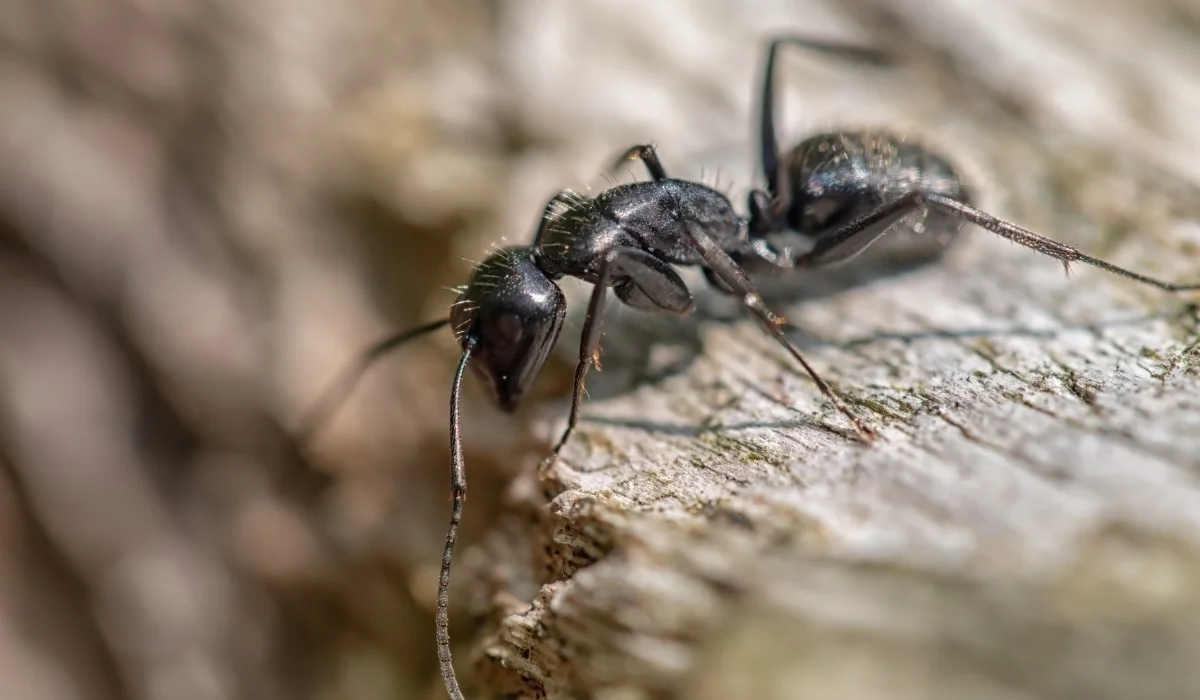
Carpenter ants, especially the black carpenter ants, are one of the most destructive species of ants found in Alabama homes. While they don’t eat wood like a termite, they burrow into it to build nesting sites, often leading to structural damage.
Their large size and segmented thorax make them easy to spot, especially when they’re foraging for food sources like sweets and proteins indoors.
They are active at night and often nest in wall voids, insulation, or near leaky plumbing. If left untreated, their large colonies can cause real damage over time.
Argentine Ants
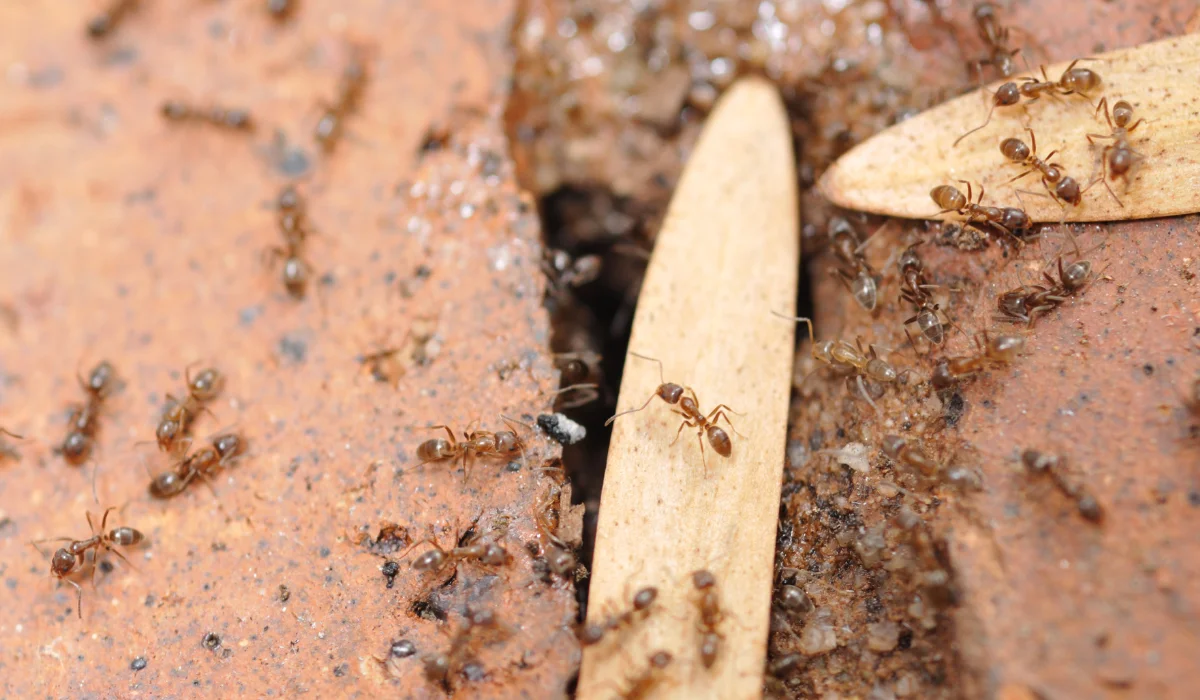
Argentine ants are known for invading homes in large numbers, especially during hot, dry spells. They form supercolonies and don’t fight other worker ants of the same species, which is one reason they can overrun an area so quickly.
Originally from South America, these tiny ants thrive in moist environments, like under mulch, stones, or landscaping materials.
Once they find a reliable food source, they won’t hesitate to move into your home. They don’t bite or sting, but their sheer numbers make them one of the most frustrating pest ants to deal with in Alabama.
Pharaoh Ants
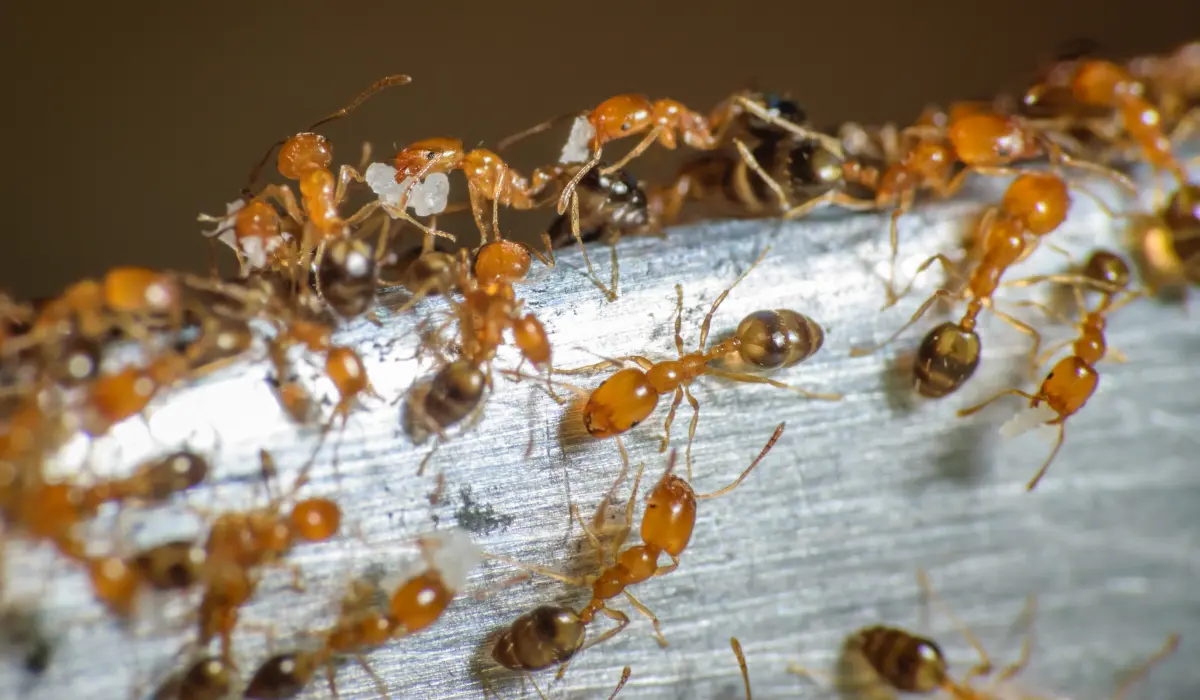
Pharaoh ants are another indoor invader that can make life miserable. They’re tiny, yellowish, and tend to establish ant colonies in hard-to-reach spots like wall voids, baseboards, and even inside electrical equipment. These ants are notorious for spreading in hospitals and older buildings where cracks and crevices are plentiful.
A unique problem with pharaoh ants is their tendency to “bud.”
If you try to treat them the wrong way, the colony will split into multiple new nests, making the signs of the infestation worse.
Pavement Ants
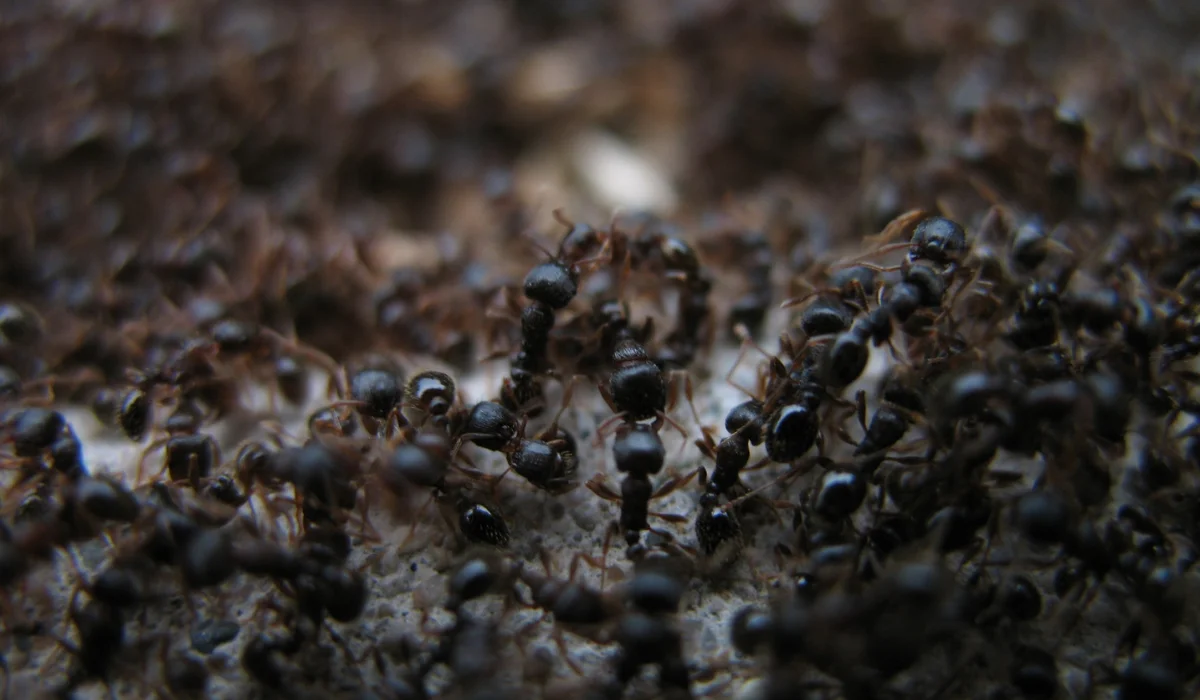
Pavement ants are small and dark, often seen building nests in cracks of sidewalks, driveways, or foundation walls.
In Alabama, these ants show up in late spring and summer, often invading homes for sugary treats or greasy snacks.
Their colonies aren’t as big as some others, but once they find a food source, they leave pheromone trails that other worker ants follow.
You might not even notice them until you see a steady stream heading under your baseboards.
Odorous House Ants
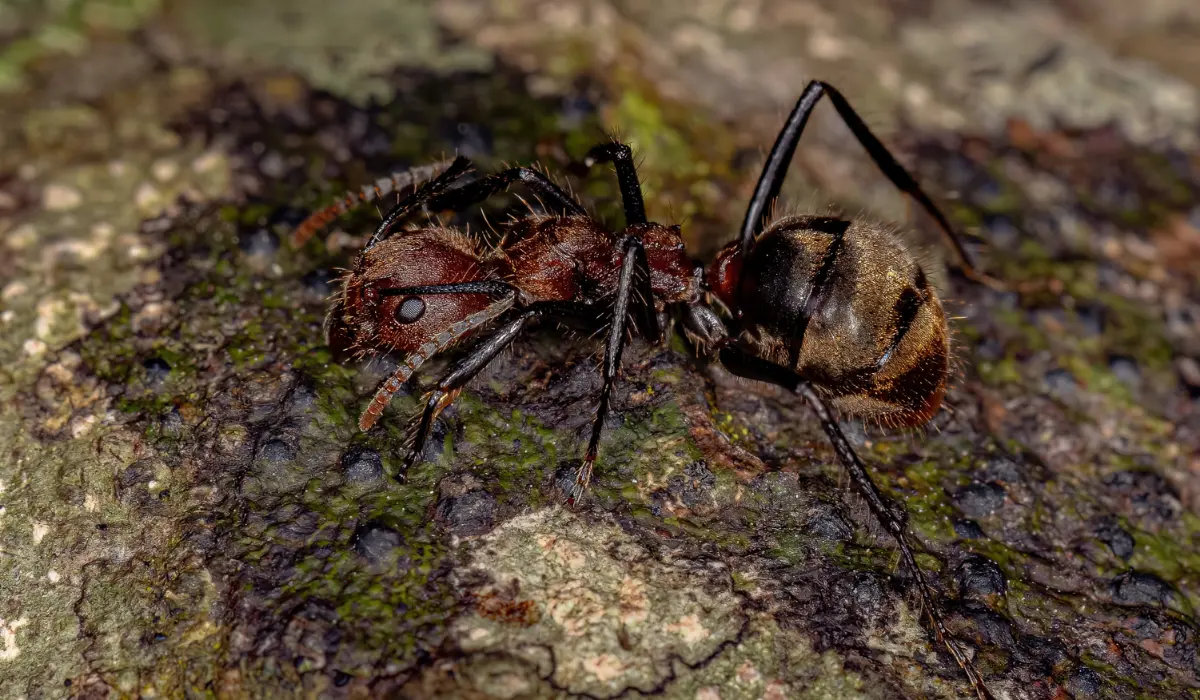
Odorous house ants are named for the foul smell they release when crushed, think rotting coconut. They’re one of the most common types of ants to find indoors, especially after a heavy rain.
In Alabama, they thrive near moisture and warmth, often hiding near plumbing, under sinks, or around HVAC systems.
These ants don’t have a stinger, but their ability to infest homes quickly and their resistance to many store-bought treatments make them a real headache.
Little Black Ants
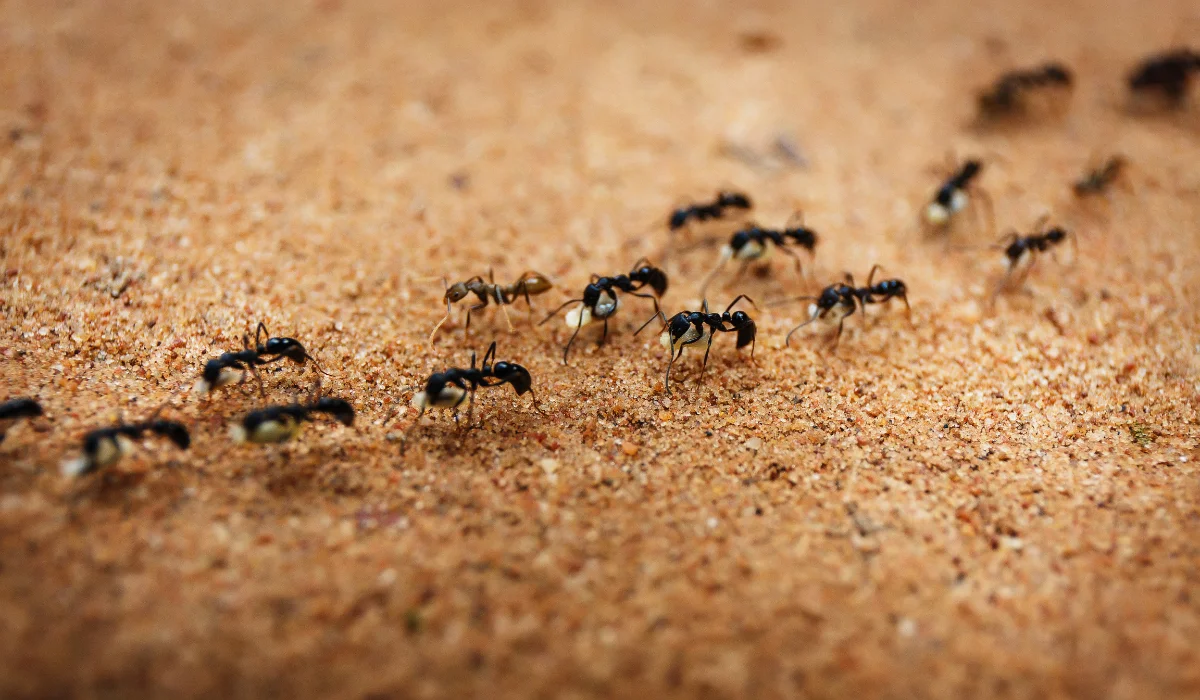
As their name suggests, little black ants are tiny and dark-colored.
They can sneak in through the smallest gaps and set up colonies behind walls, under floors, or inside cabinets. Their nests are often located outdoors near tree roots or wood piles, but they’ll come inside looking for sweet or oily food sources.
Though they’re not dangerous, their persistence and ability to build large colonies indoors make them a tough pest to get rid of.
Dark Rover Ants
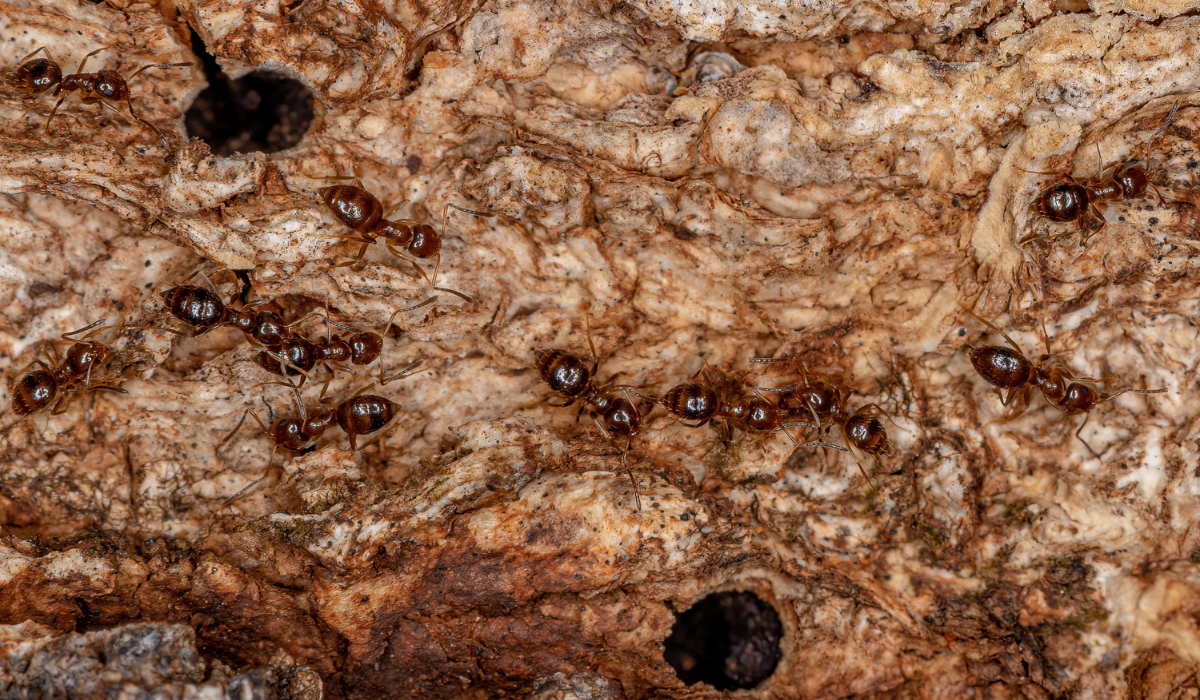
Dark rover ants are a growing problem in Alabama, especially in homes with high humidity.
They’re extremely small and frequently found in bathrooms, kitchens, and around sinks. These ants are attracted to moisture and will often nest in potted plants, behind tile, or near electrical equipment.
Unlike other species of ants, they don’t form long visible trails, which can make locating their nest more challenging for homeowners.
Tawny Crazy Ants
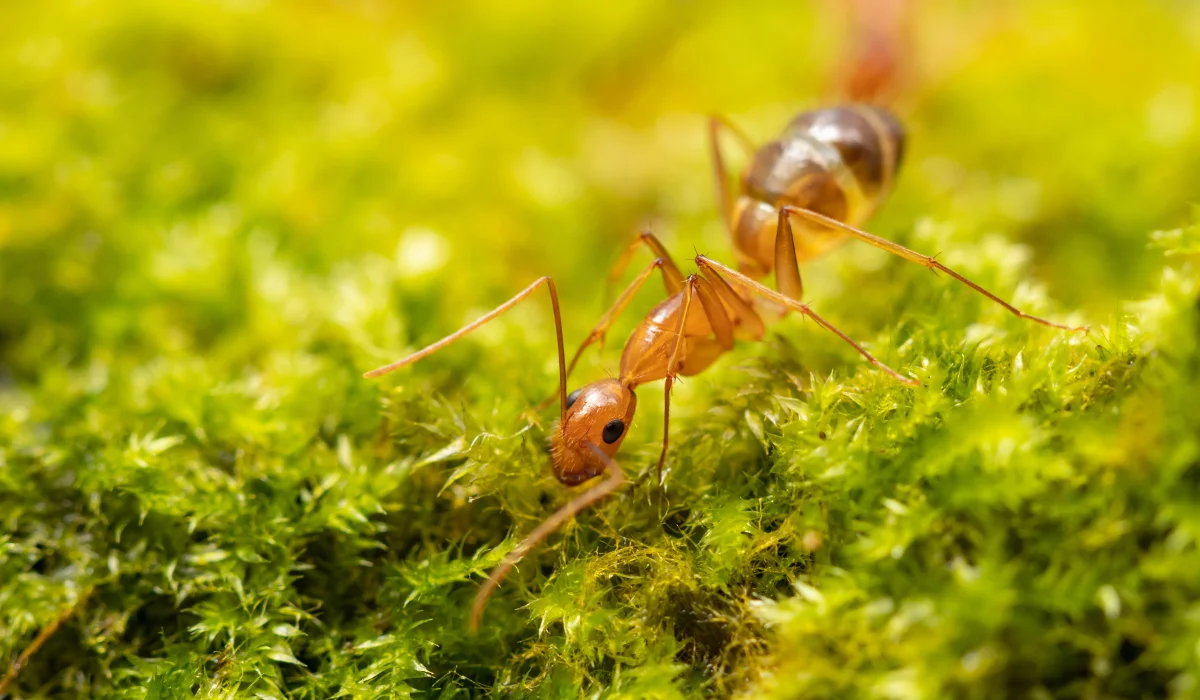
The tawny crazy ant, sometimes confused with the black imported fire ant, has become increasingly common in the Southeast, particularly closer to Florida.
Known for their erratic movement and massive ant colonies, they don’t sting, but they’re aggressive invaders. They short out electrical equipment, overrun gardens, and are nearly impossible to treat without professional help.
They often nest under debris, mulch, or inside wall voids, creating chaos when they overtake a property.
Protect Your Alabama Home From Common Ants
No matter which different species you’re dealing with, ants in Alabama are more than just a nuisance. They can pose risks to your health, home, and peace of mind.
If you’re spotting trails, seeing mounds, or suspecting damage from pest ants, don’t wait until it gets worse.
At Magic City Pest Control, we offer expert pest control services tailored for Alabama’s unique ant problems. We know what signs to look for, how to identify the ant species, and most importantly, how to eliminate them at the source.
Call us today to schedule your ant inspection and take the first step toward a pest-free home.






